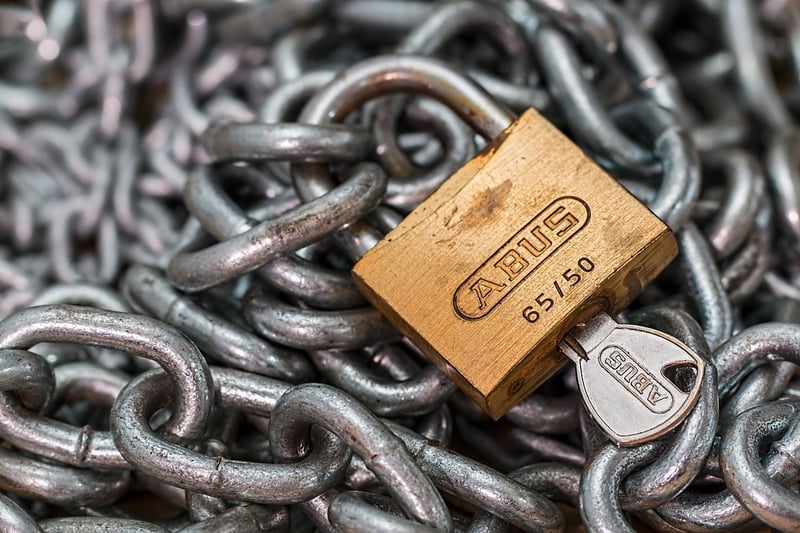Risk Assessment
The Importance of Protecting Assets and Conducting Risk Assessment
Protecting assets and conducting risk assessments are critical components of maintaining the security and stability of any organization. By understanding the potential risks and vulnerabilities that assets face, businesses can develop strategies to mitigate threats and safeguard their valuable resources.
Why Protecting Assets is Essential
Assets can take many forms, including physical property, intellectual property, data, and financial resources. These assets are the lifeblood of a business and must be protected from various risks such as theft, cyber-attacks, natural disasters, and human error.
Benefits of Asset Protection:
- Prevent financial loss
- Maintain business continuity
- Protect reputation and customer trust
- Ensure regulatory compliance
- Enhance overall security posture
The Role of Risk Assessment
Risk assessment is the process of identifying, analyzing, and evaluating potential risks to assets. By conducting thorough risk assessments, organizations can prioritize threats, allocate resources effectively, and implement controls to reduce vulnerabilities.
Key Steps in Risk Assessment:
- Identify assets and their value
- Identify potential risks and threats
- Assess the likelihood and impact of risks
- Develop risk mitigation strategies
- Monitor and review risks regularly
Conclusion
Protecting assets and conducting risk assessments are essential practices for any organization looking to safeguard its resources and maintain operational resilience. By prioritizing asset protection and risk management, businesses can minimize the impact of potential threats and ensure long-term success.

For more information on asset protection and risk assessment, consult with security professionals and experts in the field to develop tailored strategies that meet your organization's specific needs.
Remember, a proactive approach to asset protection and risk assessment is key to ensuring the security and longevity of your business.
